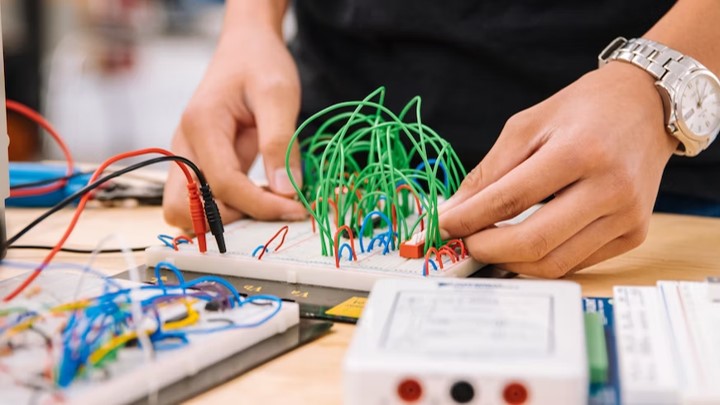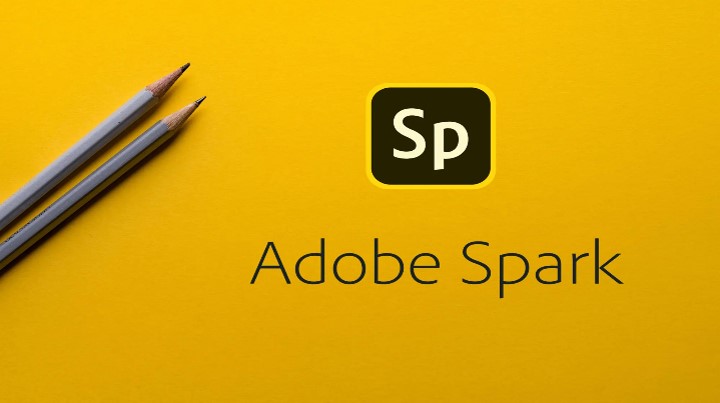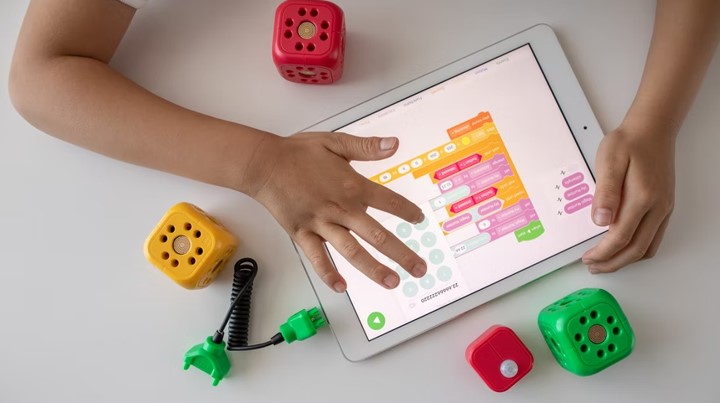Last Updated on July 24, 2023 by Uncle Pat Ugwu
There is no doubt that Science, Technology, Engineering, and Mathematics (STEM) focussed education has gained increasing importance due to the continuous progress in technology. The use of STEM teaching tools has revolutionized the way we learn and teach these subjects.
The aim of STEM teaching tools is to simplify, boost interaction, and enhance the overall effectiveness of the learning experience. They come in various forms, including physical equipment, educational software, online platforms, and interactive simulations.
This blog article delves into STEM teaching tools, their advantages, and how they are revolutionizing the pedagogy of STEM subjects.
STEM Teaching Tools
STEM teaching tools are instrumental aids, software, or applications that help teachers amplify students’ involvement and comprehension of the sciences, technology, engineering, and mathematics (STEM). These implements are formulated to stimulate dynamic and experiential learning, granting students the ability to utilize abstract knowledge to solve practical issues.
The use of STEM teaching tools can improve the quality of education by making learning more interactive and engaging. Acquiring a profound comprehension of concepts and acquiring crucial abilities like problem-solving, critical thinking, and collaboration are both achievable by students.
Benefits of STEM teaching tools
- STEM teaching tools provide an enhanced learning experience by applying theoretical knowledge to real-world problems.
- STEM teaching tools improve engagement using dynamic and exciting learning experiences that capture students’ attention.
- STEM teaching tools increase accessibility to education for students with different learning styles and in remote communities.
Types of STEM Teaching Tools
STEM teaching tools come in many different forms, from physical equipment to digital resources. Here are some examples of STEM teaching tools that educators can use in their classrooms:
Microscopes: Microscopes are essential tools in biology and other life sciences. Students can use microscopes to observe objects that are too tiny to see with the human eye, such as cells and microbes.
3D printers: The utilization of 3D printers can facilitate the production of concrete representations of scientific concepts, providing students with a hands-on experience to observe and engage with.
Robotics Kits: Robotics kits provide kids hands-on experience constructing and programming robots, which helps them acquire engineering, coding, and problem-solving abilities.
Educational software: simulations and modeling tools, may be used to create interactive learning experiences for students, allowing them to study complex scientific issues in a safe and enjoyable environment.
Online educational platforms: This offers a wealth of resources for both students and teachers, including access to courses, tutorials, and other learning materials. Examples include Khan Academy and Coursera.
Interactive Simulations: Online learning environments like Khan Academy and Coursera offer a wealth of tools for teachers and students alike, providing access to courses, tutorials, and other educational resources.
Augmented and Virtual Reality: Augmented and virtual reality technologies offer new and innovative ways to learn about scientific concepts. Augmented reality overlays digital information onto the real world, while virtual reality creates a fully immersive experience that transports students to new environments.
Examples of STEM Teaching Tools
1. CSFirst from Google
CSFirst offers resources to help educators get started with teaching computer science and are aligned to the CSTA and ISTE Standards. In addition to other free resources for computer science and ELA classes, some of the alternatives include narrative, animation, painting, pitching an idea and being an entrepreneur.
2. Birdbrain Technologies
When teaching STEAM, eighth-grade students at my school learned to code by using the Hummingbird Robot from Birdbrain Technologies. The students focused on French and Spanish culture and created projects to represent what they learned. Birdbrain also offers the Finch Robot, which can be used in any content area. With the Finch, students can explore AI and robotics using Google’s Teachable Machine, and there are activities, lesson ideas, and materials available for use with students in grades K through college.
3. CODE.org
CODE.org offers resources for students in grades K through 12 to learn about coding and STEM-related fields like computer science. They offer app, game, and web labs, and some courses are offered in multiple languages. For the hour of coding, students can create an app for their class or one based on a project theme.
4. Scratch
Scratch and Scratch Jr. are free resources for students ages 8 through 16. They can explore activities for art, games, music, stories, and more. In any content area, Scratch can be used to have students tell a story, create a game, and learn about animation, and to have them connect their program to the specific content. More than 70 languages are available, which helps promote accessibility, and because Scratch is free, it also promotes equity in learning.
5. Elementari
Elementari is a platform that can be used for storytelling and coding together. Students can create a book and learn about coding by creating interactive stories. It helps students build coding skills in addition to essential STEM skills, such as critical thinking and problem-solving, as well as social and emotional learning skills.
6. Ozobot
Ozobot is a one-inch robot that can be used in any classroom and has lessons and ideas available for subjects including English language arts and math. There are two different ways to code using Ozobots. The screen-free coding is done by using markers and color codes to draw mazes. There is also computer-based coding for students to program their Ozobot.
7. GoldieBlox
GoldieBlox offers materials for girls to become more involved in STEAM and also has activities and DIY materials for use at home. They recently started the “Code Along” initiative with other STEM organizations, such as Black Girls CODE, with the goal of bridging the opportunity gap for underrepresented communities in STEM fields.
8. Marty the Robot
Marty is a humanoid robot that offers multiple ways to learn about coding. With infrared sensors on his feet, he responds to color cards, providing screen-free coding. The app has block- and text-based coding, and students can quickly create a program to have Marty walk, dance, and talk. There are many activities available for classes such as algebra, creative writing, earth and space science, math, physical science, robotics, and more.
Final Thoughts
In conclusion, STEM teaching tools are transforming the way we learn and teach STEM subjects. They also provide teachers with a range of resources to create more effective lessons and cater to diverse learning styles. Check out this post on How to Survive Your First Year in Teaching.






